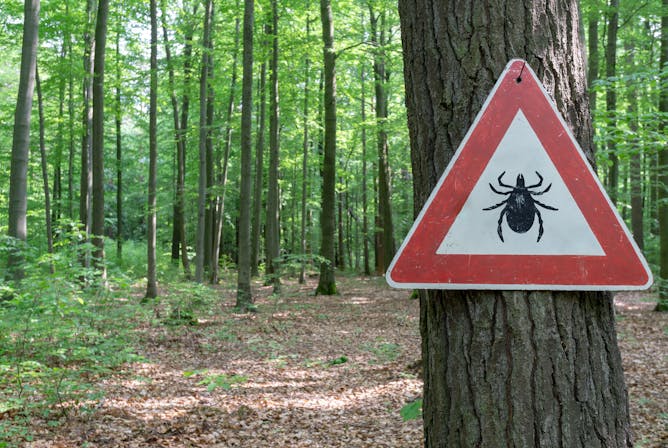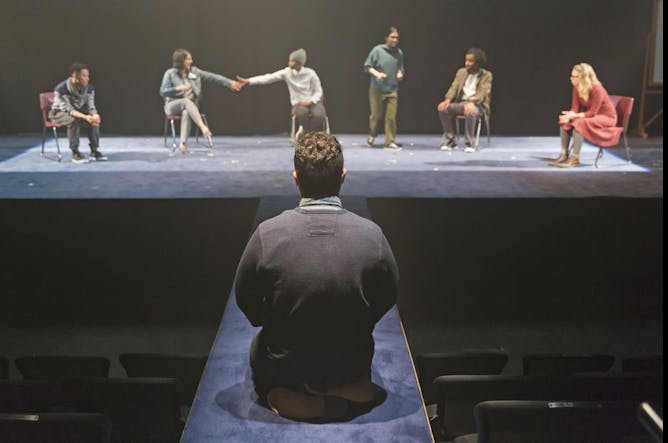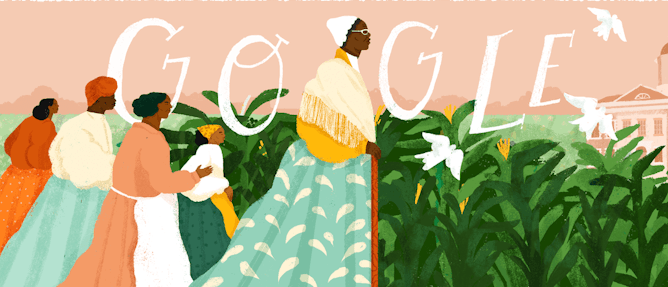|
It’s spring and in many parts of Canada, that also means it’s tick season. And climate change is leading to a northward expansion of certain species of ticks, including the deer tick that transmits Lyme disease. How can you tell what kind of tick you might encounter and whether it’s dangerous? Today in The Conversation Canada, Jade Savage of Bishop’s University tells us about an innovative citizen-science project that uses online technology to help the public identify the kinds of ticks they encounter and whether they should seek medical
attention.
And we have more on tap for you this Thursday.
And finally…when you look in your closet, are there clothes you will wear at least 30 times? If not, says Anika Kozlowski of Ryerson University, why did you buy it? She makes a convincing case about the perils of “fashion consumption” in an industry that has many environmental and human rights problems.
Regards,
|

If you are bitten by a tick that is infected with Lyme disease, a single dose of antibiotics can prevent an infection from developing, if administered within 72 hours of tick removal.
(Shutterstock)
Jade Savage, Bishop's University
If you are bitten by a tick, you need to find out what species it was, fast. A research team has developed a website to help people in Quebec, Ontario and New Brunswick do just that.
|

Quebec Premier François Legault stands in front of the crucifix in the provincial legislature where he announced the religious symbol will be removed. Québec is both the most homogeneous province from a religious point of view and the most detached from its religious culture.
THE CANADIAN PRESS/Jacques Boissinot
Jean-Philippe Warren, Concordia University
Many Canadians are puzzled by Québec's law banning some civil servants from wearing religious symbols. A Québec sociologist explains the law is rooted in the province's troubled history with religion.
|

Documentary play drawing on drama classrooms from England to Taiwan tells the story of global youth.
Humanity/Crow’s Theatre
Kathleen Gallagher, University of Toronto
A study that showed youth in five global cities lose hope as they grow into adulthood was turned into an elegant and beautiful documentary play with a plea to listen to the urgent calls of youth.
|

Google’s homepage on Feb. 1, 2019, celebrated Sojourner Truth. But its algorithms do not reflect the same inclusive approach.
Google
Jonathan Cohn, University of Alberta
Google's algorithms reflect bias against members of racialized and gendered groups.
|

Consumers should ask: “who made my clothes” so that they remember the modern slavery conditions imposed on many garment workers.
Shutterstock
Anika Kozlowski, Ryerson University
Fashion Revolution week puts a spotlight on the modern slavery conditions of the fashion industry and encourages fashion consumers to ask, "who made my clothes."
|

L'utilisation supervisée, structurée et équilibrée de Minecraft permet aux élèves de profiter pleinement du potentiel de ce jeu pour développer leurs compétences et accroître leur motivation.
Thierry Karsenti
Thierry Karsenti, Université de Montréal
L'utilisation supervisée, structurée et équilibrée de Minecraft permet aux élèves de profiter pleinement du potentiel de ce jeu pour développer leurs compétences et accroître leur motivation.
|
Arts
|
-
Michael Milford, Queensland University of Technology; Peter Stratton, The University of Queensland
Plenty of movies have tried to play with time travel to help develop their plot. But Avengers: Endgame adds a little quantum mechanics into the mix as well.
|
|
Environment + Energy
|
-
Amin Al-Habaibeh, Nottingham Trent University
The vast desert could potentially produce more than seven times the electricity requirements of Europe, with almost no carbon emissions.
|
|
Politics
|
-
Greg Barton, Deakin University
The deadly Sri Lanka attacks show a return to the coordinated, sophisticated strikes employed by al-Qaeda in the 2000s, focusing on soft targets with vulnerable institutions.
|
|